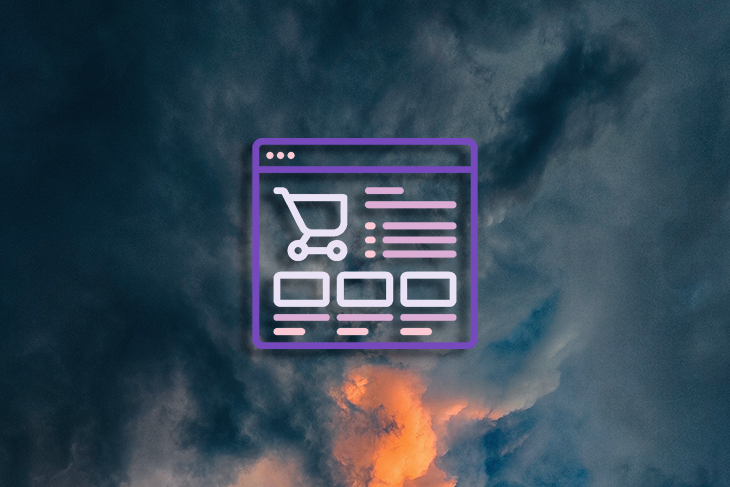Label UX: Definition, best practices, examples

Label UX: Definition, best practices, examples
Definition
In UX design, a label is a descriptive piece of text used to inform users about the purpose of an interface element on a website or web app. It provides clarity and context to guide users in their interactions with the interface.
Goals of Labels in UX Design
- Reduce confusion: Labels help users understand the purpose and functionality of interactive elements, reducing confusion.
- Provide clarity and context: Labels provide clear information about what users can expect when interacting with an interface element.
- Lead users by providing cues: Labels guide users and inform them about the expected actions or inputs.
- Provide a seamless user experience: Well-designed labels create a smooth and intuitive user experience.
- Help navigation: Labels assist users in navigating across web pages and apps by providing clear indications of the purpose and function of different elements.
Characteristics of Effective Labels
- Clear and concise: Labels should be simple and easy to understand, using language that is familiar to the target audience.
- Contextual and related: Labels should be placed close to the relevant content or interactive elements they describe.
- Consistent: Labels should be consistent across different parts of the interface to avoid confusion and ensure a unified user experience.
- Descriptive: Labels should accurately convey the essence of the interactive element or content they are associated with.
- Action-oriented: Labels should use action verbs to clearly indicate the expected action or function.
Context and Consistency in Labeling
Contextual labeling is important to ensure that labels make sense to users and are placed in close proximity to the relevant content or elements. Consistency in labeling helps users maintain familiarity and reduces the need to relearn how to interact with different sections of an app or website.
Writing User-Friendly Labels
- Use familiar language: Labels should use language that is familiar and easily understood by the target audience.
- Keep it simple: Use clear and concise wording to avoid confusion or ambiguity.
- Clearly indicate the expected action or input: Use action verbs to clearly convey the purpose or function of an interface element.
- Consider the user's perspective: Put yourself in the user's shoes and think about what information they need to understand and interact effectively with the interface.
Label Placement and Visual Hierarchy
Label placement plays a crucial role in the overall user experience. Labels should be positioned close to the associated elements and follow a clear visual hierarchy to help users quickly identify and understand the purpose of each element.
Label Adaptation for Responsive Design
Labels should be adaptable for responsive design to ensure they display correctly on different screen sizes and devices. This may involve adjusting the layout, font size, or positioning of labels to maintain optimal visibility and usability.
Label Testing and Iteration
Testing labels with users is essential to ensure they are effective and easily understood. Iteration and refinement based on user feedback can help improve the clarity and usability of labels.
Accessibility (A11Y) and Inclusive Labels
Labels should be accessible to all users, including those with disabilities. This may involve using appropriate colors, font sizes, and contrast ratios to ensure readability, as well as providing alternative text for screen readers.
Localization and Multilingual Labels
In a global context, labels need to be localized for different languages and cultures. Localization involves adapting labels to suit the linguistic and cultural preferences of specific regions or countries.
Overall, labels are an important aspect of UX design as they provide clarity, guide users, and enhance the overall user experience of websites and apps.